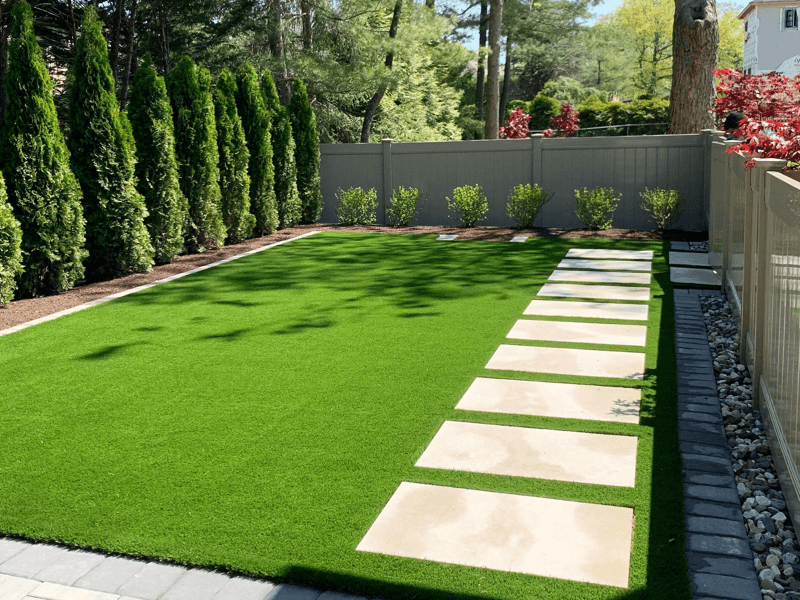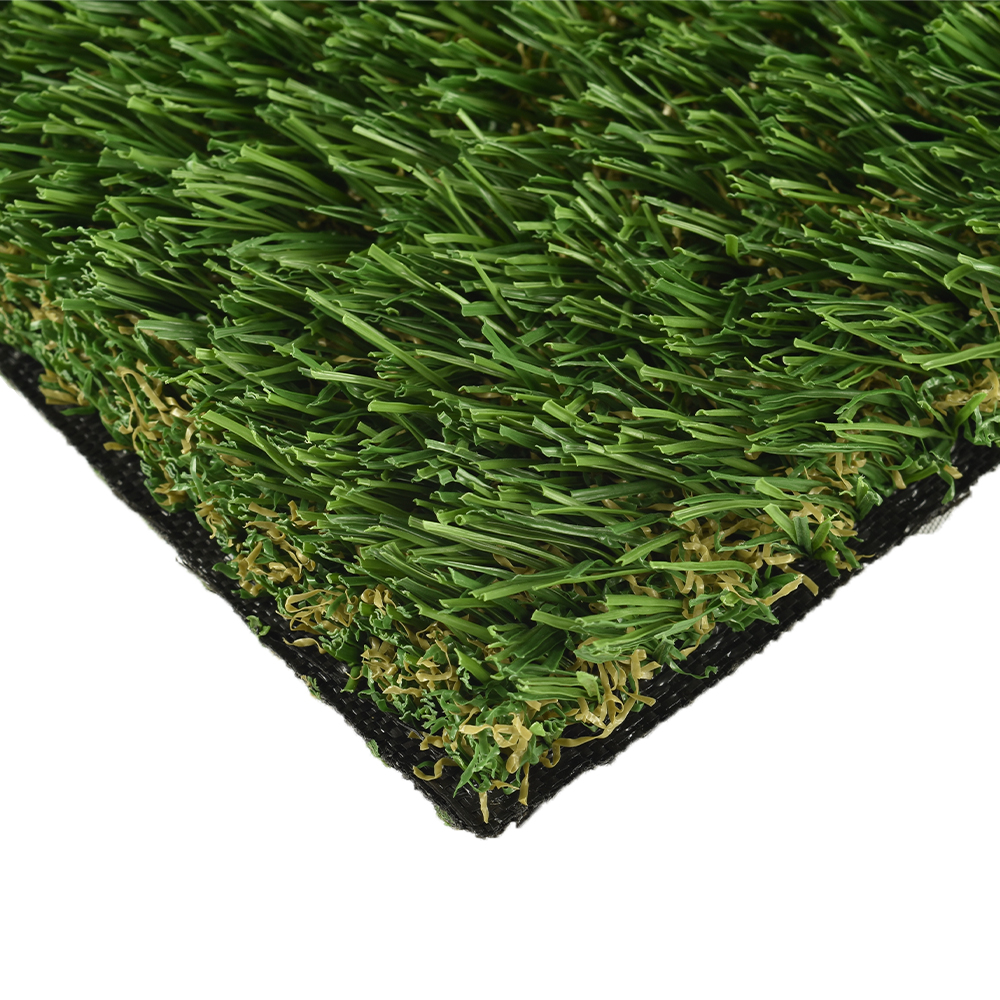Discover the Most Trusted Artificial Turf Companies Phoenix for Your Home or Commercial Space
Discover the Most Trusted Artificial Turf Companies Phoenix for Your Home or Commercial Space
Blog Article
Look Into the Environmental Conveniences of Opting for Artificial Turf Solutions
The fostering of synthetic grass remedies presents an engaging possibility to attend to pressing environmental challenges. By significantly minimizing water use and lessening the application of damaging chemicals, these options not just advertise sustainable landscaping but additionally secure regional environments. Additionally, the lower carbon impact linked with reduced maintenance tasks adds to a much more sustainable strategy to land administration. The ramifications of these advantages prolong past simple preservation initiatives, raising inquiries regarding their long-term influence on habitat conservation and overall environmental balance. Discovering these dimensions exposes an intricate interplay worth taking into consideration.
Water Preservation Perks
One of the most significant advantages of fabricated lawn is its capability to save water. In contrast, artificial lawn does not require watering, considerably decreasing the overall need for water resources.
By eliminating the demand for regular watering, synthetic grass adds to lasting landscape practices and helps minimize the environmental effect of too much water intake. Furthermore, the preservation of water includes the reduction of overflow, which can bring about dirt erosion and waterway contamination.
Furthermore, the installment of synthetic grass allows homeowners and towns to designate water sources a lot more successfully, concentrating on important uses such as drinking water and farming. The change in the direction of synthetic grass not just promotes accountable water usage but also aligns with wider environmental goals targeted at protecting all-natural sources.
As communities increasingly prioritize sustainability, the water preservation advantages of fabricated lawn provide a compelling case for its adoption in household and business landscaping tasks.
Minimized Chemical Usage
The transition to synthetic grass substantially reduces the dependence on chemical therapies typically used in all-natural yard maintenance. Traditional lawn monitoring commonly includes the application of herbicides, pesticides, and plant foods to promote development and control insects. These chemicals can pose dangers to human health, neighborhood wildlife, and the atmosphere, contributing to soil and water contamination.
In comparison, synthetic grass gets rid of the demand for these damaging substances. When installed, it requires very little maintenance, largely including normal cleaning and seldom infill replenishment. This reduction in chemical usage not just profits the immediate atmosphere yet also adds to more comprehensive ecological security. By decreasing the release of synthetic compounds right into the ecosystem, synthetic grass advertises much healthier soil and water systems.
Furthermore, the absence of chemical overflow related to fabricated lawn installations helps protect local waterways from pollution, supporting aquatic life and keeping biodiversity. Turf installation phoenix az. As communities increasingly prioritize lasting techniques, deciding for synthetic grass presents a sensible remedy that straightens with ecological conservation goals. Through this change, residential or commercial property owners can enjoy lush environment-friendly rooms without jeopardizing ecological health, leading the way for a more lasting future
Reduced Carbon Footprint

Additionally, the installment of synthetic grass can cause substantial water preservation. All-natural lawns check my blog need substantial amounts of water for irrigation, which not only includes in the carbon footprint connected with water removal and treatment however additionally strains regional water sources. On the other hand, man-made lawn needs very little maintenance, requiring no watering, consequently significantly decreasing water usage and its connected power prices.
Additionally, the longevity of man-made grass adds to its lower carbon influence. With a life-span of up to 15 years or more, the need for frequent replacements is diminished, resulting in less waste and lower energy consumption in manufacturing and getting rid of standard lawn choices. Generally, fabricated grass offers a lasting alternative for ecologically conscious landscaping.
Habitat Preservation
Environment conservation is an essential factor to consider in the discussion over landscape design options, particularly when contrasting synthetic grass to natural turf. All-natural lawn lawns typically require comprehensive upkeep, consisting of making use of herbicides, pesticides, and plant foods, which can detrimentally affect local ecological communities. These chemicals can leach right into the soil and rivers, harming indigenous flora and animals and interrupting neighborhood habitats.
Artificial turf removes the demand for damaging chemicals, consequently securing neighboring wild animals and keeping the honesty of bordering ecological communities. The installment of fabricated lawn can lead to the conversion of previous lawn locations into more biodiverse landscapes, such as pollinator gardens or indigenous plant locations, which can sustain regional wildlife.
Eventually, the transition to synthetic grass not only conserves water and reduces upkeep initiatives yet additionally fosters a more harmonious partnership in between human activities and the natural setting, advertising environment preservation in the process.
Long-Term Sustainability
Long-term sustainability is an essential factor in evaluating the benefits of man-made turf over traditional yard yards. One of More about the author one of the most considerable benefits additional info of fabricated grass is its sturdiness; it can last up to 15-20 years with marginal maintenance, whereas all-natural turf requires constant reseeding and replacement. This long life minimizes the need for consistent resources, such as water, plant foods, and pesticides, which are crucial for preserving a healthy and balanced turf yard.
Additionally, fabricated turf adds to a reduction in carbon discharges connected with yard treatment equipment. Standard lawns commonly require gas-powered lawn mowers, leaners, and blowers, all of which add to air contamination. Phoenix turf companies. In comparison, synthetic lawn eliminates the demand for such equipment, promoting a cleaner setting
Moreover, the production of synthetic lawn significantly makes use of recycled products, boosting its sustainability profile. As manufacturers embrace environment-friendly techniques, the ecological footprint of synthetic grass proceeds to lessen.

Verdict
The adoption of man-made grass options offers substantial environmental advantages, including substantial water conservation, reduced reliance on dangerous chemicals, and a reduced carbon impact. In addition, fabricated turf aids in preserving natural environments by minimizing land disturbance and advertising long-term sustainability through the use of durable materials. Collectively, these elements underscore the potential of synthetic grass to contribute positively to environmental health and provide a sensible alternative to conventional landscape design practices in a significantly resource-conscious world.
In contrast, man-made lawn does not need watering, considerably reducing the general demand for water resources. By decreasing the launch of artificial substances right into the community, synthetic grass promotes much healthier dirt and water systems.
In addition, the setup of fabricated turf can result in significant water preservation. In comparison, synthetic lawn requires marginal upkeep, needing no watering, thereby dramatically decreasing water use and its connected energy expenses.

Report this page